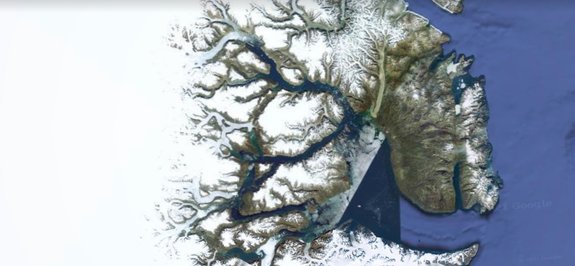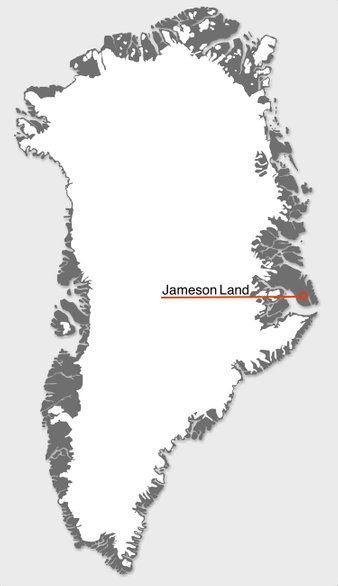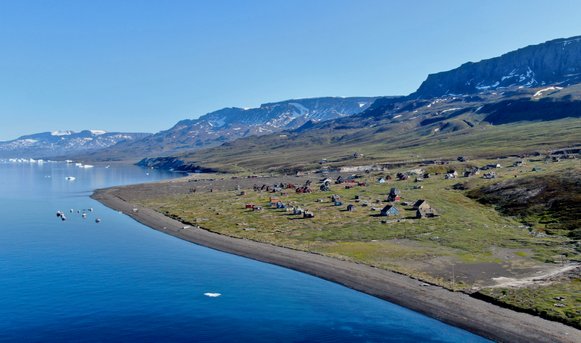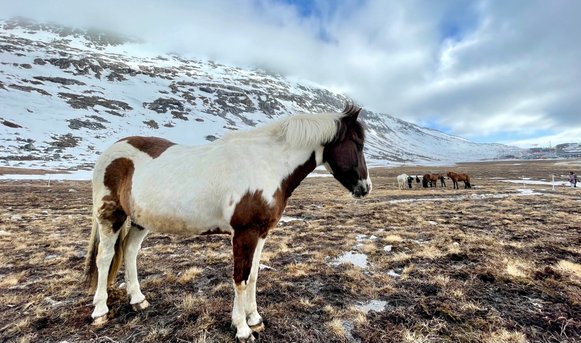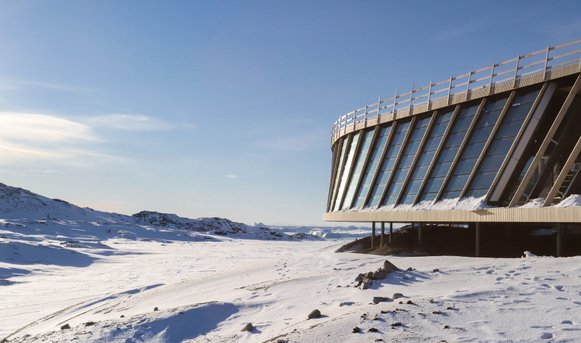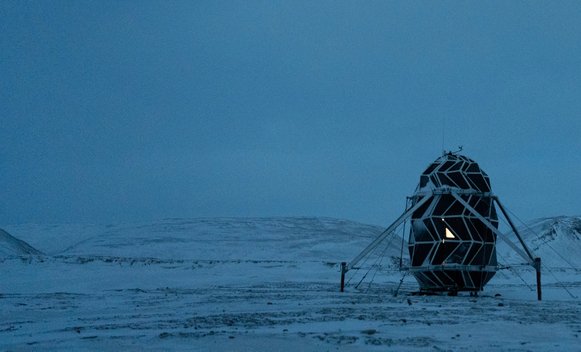An unusual website about untraditional trends
Dinosaurs in Greenland
SCIENCE 19. APR. 2021
After a sudden change in the climate around 200 million years ago in late Triassic period, both meat and plant easting dinosaurs suddenly appeared in the eastern part of Greenland.
The arrival coincides with the fact that the Earth in that late Triassic time period experienced wild climate change where the CO2 concentration in the atmosphere fell by half according to the study by Lars B. Clemmensen from Copenhagen Universitet.
Plateosaurus
Plateosaurus was a herbivore. It lived in the late Triassic period. The very first long-necked, four-legged and 5 meter long herbivore Plateosaurus arrived in Greenland 214 million years ago. According to the study the first dinosaurs 230 million years ago lived in and area in South America around northern Argentina and southern Brazil before appearing in east Greenland 15 million years later.
The drop in Co2 levels made the conditions on Earth milder, allowing herbivores, like the Plateosaurus, to migrate to east Greenland because at that time there was no ocean in between and no big mountains when the world consisted of one supercontinent called Pangæa. East Greenland was not in the same place as it is today. In the Triassic period, this area formed the edge of the great continent of Pangea, and it was approximately where southern Europe is today. Since then, it has thus "moved" to where Greenland is located.
The findings in East Greenland
The hunt for plateosaurs in East Greenland was arranged by Geocenter Møns Klint who gathered a group of Europe's best dinosaur hunters on the expedition.
Eight researchers visited East Greenland in 2012 to excavate the 210 million-year-old fossilized bones from a dinosaur of the species plateosaurus. They brought home both this large herbivore as well as a large carnivore and a number of other fossilised animals.
According to the researchers on the expedition, the finding near Jameson Land in East Greenland is the northernmost discovery of a herbivorous dinosaur.
The fossils are returning to Greenland
The fossil finds in Jameson Land, East Greenland were moved to Denmark in 2012 to be preserved and scientifically examined and shown at a special exhibition at Geocenter Møns Klint. In 2023 they are delivered back to Greenland, which has ownership of these rare fossils.
Other stories from Greenland
Qullissat
EXPLORE 22. JUL. 2021
Qullissat, a disused coal mining town on the northeast coast of Disko island in West Greenland close to Ilulissat and former capital of the similarly disused Vaigat Municipality. When the settlement was closed down and evacuated in 1972, it had over 1000 inhabitants. Buildings and many machines still stand, as when the place was left.
Icelandic horses in Nuuk
TOURISM 28. MAY. 2021
In July 2020 four icelandic horses arrived in Nuuk as the first of several. The Icelandic horse is a breed of horse developed in Iceland to withstand the harsh climate on the island and is still used for traditional sheepherding work.
The plan is to acquire more horses, build a riding hall, a cafe, holiday cabins and establish a public offer of riding lessons as well as tourist activities.
New Icefjord Centre
TOURISM 22. APR. 2021
The concept of a new visitor center by the Icefjord on the west coast of Greenland in Ilulissat, 250 kilometers north of the Arctic Circle, is now being made a reality. The vision was to build a new Icefjord Center, which will be the first of a total of five visitor centers, which together will lift Greenland to a whole new level as a tourist destination.
Extreme-E coming to Greenland
EVENTS 17. APR. 2021
Extreme E visits Greenland in August 2021 during its inaugural campaign to race close to the retreating Russell Glacier in Kangerlussuaq to raise awareness of the rate at which ice is melting at the poles.
Extreme-E series will be the first motorsport series ever to take place in the country after the first two events in Saudi Arabia and Senegal.
LUNARK - A moon habitat in Greenland
SCIENCE 18. APR. 2021
Two Danish space architects, Sebastian Aristotelis, 26, and Karl-Johan Sørensen, 24, conceptualized the LUNARK Habitat - a simulated Moon habitat for research, with the aim that it one day can sustain life on the Moon.
Isolated in one of the harshest climates on Earth, they were ready to test their Habitat in Greenland.
